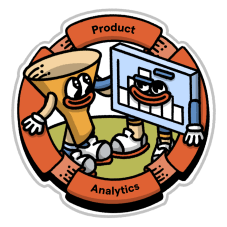HogQL f-strings supports f-string

HogQL now supports f-strings and, unlike in Python 3.1, you can nest them endlessly too. Check out the PR to see how we did it!
F-strings are great for inlining inlining properties if you have a lot of them, making HogQL breakdowns like this possible: f'{properties.$browser} @ {properties.$browser_version}, {properties.$os}
This change also introduces an internal capability to parse HogQL snippets inside curly brackets in plain text. We're planning to use this for webhook messages, so we can do 'full HogQL', e.g.: total: {1 + 2}, status: {properties.name = 'Tom' ? 'Great guy' : 'Do not sell'}.

